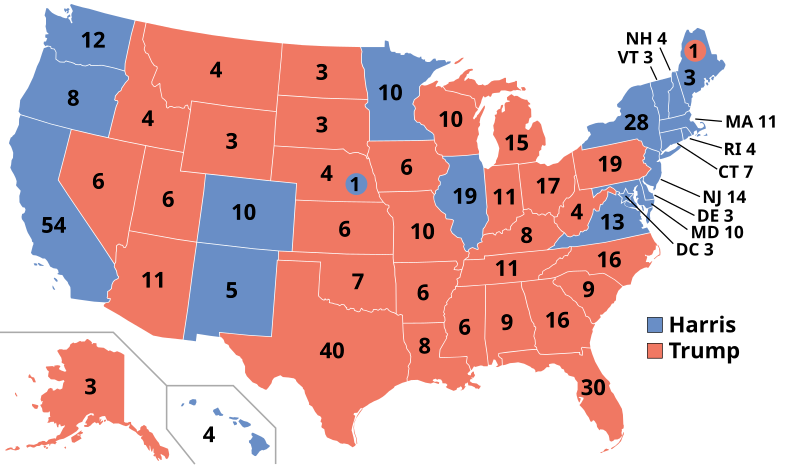Automation educates students about automated systems in manufacturing, communications and control systems including, but not limited to: how to connect wires, motors, and sensors. In automation, students program machines with codes that tell a machine how it is supposed to function, thus, eliminating the manual labor process.
The introduction to the automation class is a one year course with an option for a two year extended course if students decide to move to the next levels. The beginning class introduces students to the history of automation and the differences in application over the years compared to the present. For example, today students learn the basics of how motors run, similar to how car manufacturing plants operate with mechanical arms, sensors, and LCD screens to help machinery function on its own.
In the second year of automation, students are able to earn a silver and gold certification presented by SACA (Smart Automation Certification Alliance). The silver certification tests student’s knowledge about the basics of pneumatics, AC/DC, print reading, measurements, relay control and sensors. The next certification is the gold certification. This is when students are physically tested on what is called a Skill Boss system, a fully functioning tabletop mechatronics system that can assess over 60 performance and industry based skills.
In the third year of advanced automation, students work on projects and gain more freedom of what they create, including coding their own automation system. Braylon Anderson (11) an automation three student explains one of his projects, ¨We built and coded a VEX conveyor system that uses sensors to detect disks with a robotic arm that sorts the disks by color.¨ The opportunity to create a project that focuses on real life situations can be exciting and fulfilling at the same time.
As students make their way through Sierra Vista, automation helps students prepare for the future in technology and how to handle workplace culture. Broc Christensen, Automation teacher, agrees, ¨Through their time, I am able to see students gain leadership skills, social skills, and are [able to see them become] more responsible.¨ Mr. Christensen supports and encourages his students to push themselves academically suggesting harder AP or Honors classes. Mr. Christensen ́s teaching helps students to be prepared for real world experiences by offering simple reminders to put on safety glasses and making sure the workspace is clean so as to avoid any hazards or injuries ensures a safe and responsible environment.
Joining automation can be an enjoyable experience. As Braylon Anderson (11) stated, ¨I have learned so much in Mr. Christenson´s class. He has helped me plan for college and a possible career in automation technology once I graduate. I can’t wait.¨ learning to work on machines for the purpose of automation and earning certifications will only benefit students to prepare for a technology focused future.



































